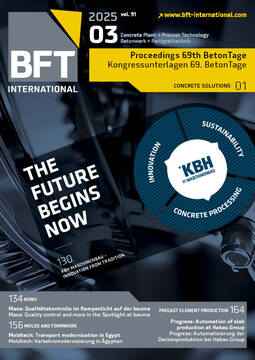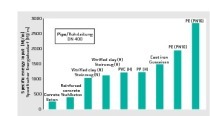Comparative life cycle analysis of typical construction methods in road construction
The design of traffic areas is not only a technical, but increasingly also an ecological challenge. In times of climate change and rising requirements on sustainability, the assessment of environmental impacts of construction methods is more and more important. This lecture examines the comparative life cycle analysis of typical construction methods in road construction and provides well-founded insights into the environment-related aspects of material selection and construction method.
The lecture will start with an introduction into the subject by information on the importance and objective of life cycle assessment in road construction. Subsequently, the methodical framework is outlined, with explaining general details of life cycle assessment and fundamental concepts, whereas the relevant standards, in particular DIN EN 15804 and the DIN 14040 series, will be presented in the section on normative requirements.
A central feature of the analysis and in the preparation of comparative life cycle assessments is the Environmental Product Declaration (EPD), serving as a standardized basis for data collection. In this regard, data quality and availability will be considered critically. Based on this, the approach and the examined pavements of the traffic areas, such as natural stone, asphalt and concrete construction, will be presented in detail.
In the presentation of the life cycle assessment results, it will be demonstrated which environmental impacts such as greenhouse gas emissions, resource consumption and energy balance are associated with the different construction methods. Conclusively, the results will be summarized and in the bottom line, the most important findings as well as possible implications in practice will be demonstrated.
The lecture is addressed to professionals in the construction sector, planning and environmental protection and all those searching for sustainable solutions in infrastructure planning. An illustration to visualize the results will complement the lecture and provides a compact overview.





